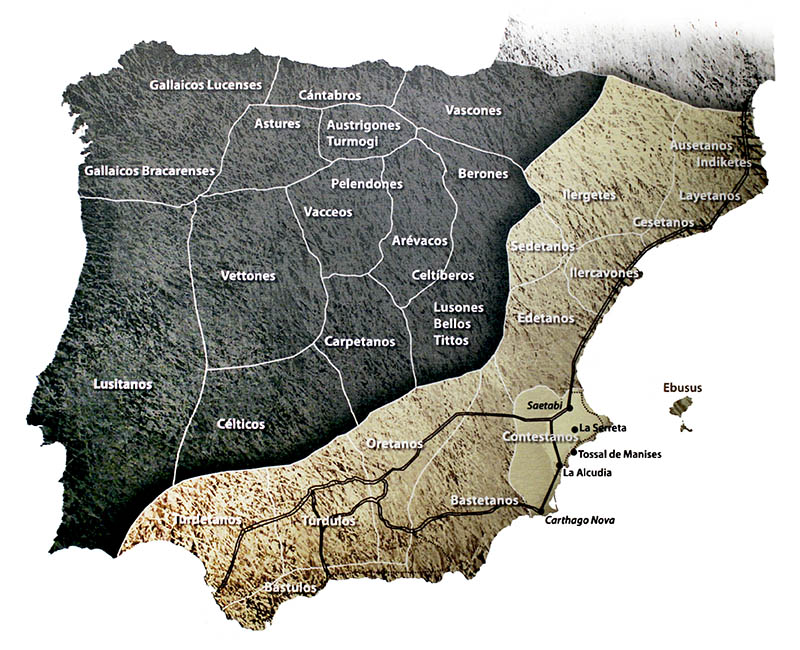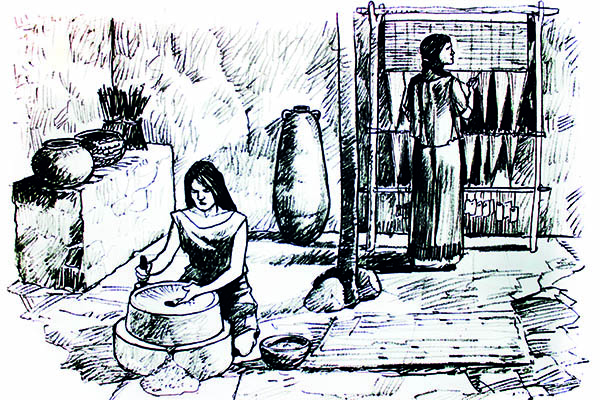The development of iberian culture

They ended up shaping a plural and diverse Iberian Culture due to its great geographical extension and the unequal degree of influence of those foreign cultures.
The interrelationship between the indigenous communities and those civilisations of the Eastern Mediterranean meant the creation of new settlements with a noticeable urban character. They would not only be regulated by social and economic relations where the local aristocracy exerted all its power and influence over the rest of the individuals but would also have a prominent role in the Mediterranean markets due to the wealth of raw materials and indigenous production.
Classical authors such as Strabo, Plinio and Ptolemy cite certain geographical and ethnic divisions within the Iberian Culture. Our area was integrated into the Contestania Region, which was bordered to the north by the Edetanos, Iberian towns on the other side of the Júcar river, and to the southwest by the Bastetanos, settled beyond Cartegena, Jumilla and Albacete. The main Iberian settlements were connected through the Vía Heraklea, whose route was inherited by the Vía Augusta. That fact favoured the trade between the Levante and the interior of the peninsula. One of its most representative sections was the one that runs through the Vinalopó valley to La Alcudia in Elche.
